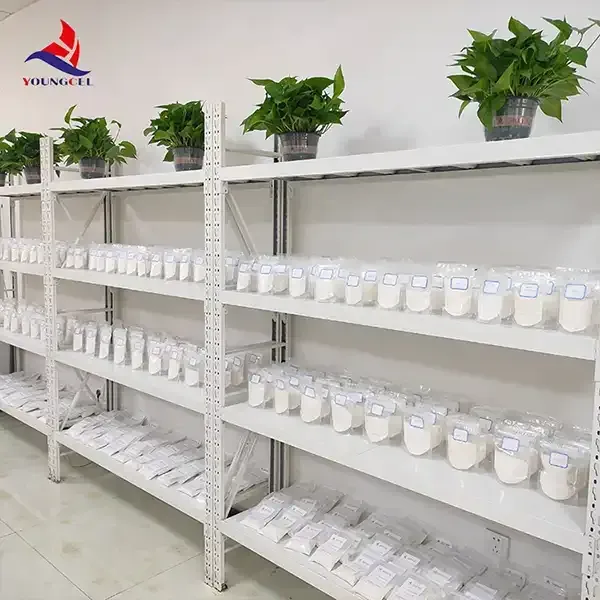Exploring HEC Cellulose A Versatile Polymer
Hydroxyethyl cellulose (HEC) is a water-soluble non-ionic cellulose ether that has gained significant attention in various industries due to its unique properties and versatile applications. HEC is derived from cellulose, a natural polymer obtained from plant cell walls, particularly from cotton and wood pulp. The process of synthesizing HEC involves the reaction of cellulose with ethylene oxide, which introduces hydroxyethyl groups into the cellulose backbone, enhancing its solubility in water and altering its physical properties.
Properties of HEC Cellulose
One of the most remarkable attributes of HEC is its ability to dissolve in cold water, forming a clear and viscous solution. The viscosity of HEC solutions can be precisely controlled by altering the concentration and molecular weight of the polymer. This property makes HEC particularly valuable in applications where viscosity is crucial for functionality. Additionally, HEC is chemically stable, resistant to heat and acids, and exhibits good adhesion properties, making it suitable for various formulations.
Another important characteristic of HEC is its environmental friendliness. Being derived from renewable sources, HEC is biodegradable, which aligns with the growing demand for sustainable materials in today’s eco-conscious market. This aspect of HEC is particularly appealing to industries seeking to reduce their environmental footprint and comply with stringent regulations on chemical substances.
Applications of HEC Cellulose
hec cellulose

HEC's unique properties lend themselves to a myriad of applications across different fields. In the construction industry, HEC is often used as a thickening agent in cement and mortar formulations. It improves workability, enhances water retention, and provides better adhesion, thereby contributing to the durability of building materials. Its presence in construction materials helps maintain consistency during application, ensuring a smooth finish in various architectural projects.
In the cosmetic and personal care sectors, HEC is widely utilized as a thickener, stabilizer, and emulsifier in products such as lotions, shampoos, and gels. Its ability to retain moisture and enhance the texture of formulations makes HEC a preferred ingredient for creating high-quality personal care products. Moreover, the gentle nature of HEC makes it suitable for sensitive skin formulations, as it does not irritate or cause adverse reactions.
The food industry also benefits from HEC’s properties, where it is used as a food additive. It acts as a thickener and stabilizer, improving the texture and mouthfeel of various food products, including sauces, dressings, and dairy items. HEC’s ability to maintain the stability of emulsions makes it an ideal choice for food manufacturers aiming to improve product quality while ensuring safety and compliance with food regulations.
Furthermore, HEC is increasingly being explored in the pharmaceutical industry, particularly for drug delivery systems. Its biocompatibility and ability to form hydrogels make it suitable for controlled release applications, enhancing the efficacy of therapeutic agents.
Conclusion
Hydroxyethyl cellulose stands out as a versatile polymer with a wide range of applications across numerous industries. Its unique properties, including excellent solubility, viscosity control, and environmental sustainability, make HEC a valuable ingredient in the formulation of products ranging from construction materials to personal care items and food products. As industries continue to prioritize environmentally friendly materials and innovative solutions, the significance of HEC cellulose is likely to grow, paving the way for new applications and advancements in technology. The future looks promising for HEC, as researchers and manufacturers alike seek to harness its potential in addressing modern challenges while promoting sustainability.






